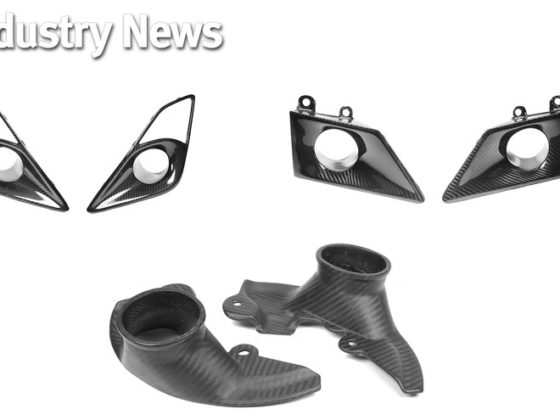
The Dodge Viper has been competitive on the world stage by doing it the American way: with big wheels, big brakes, big tires, a big engine, and not a lot of refinement. While it has always been a highly capable car on the track, used car prices have finally dropped to the point of being affordable by the masses and it has become a realistic option as a track day car. This project hopes to clarify some of the stereotypes that surround the Viper and bring the truth to light of a very cool platform.
At MotoIQ, it does not matter if the car is from Japan, Europe, or the US. If it’s cool, we like it. The Viper is no exception and is a very unique, modern-day hotrod. It’s surprising that the Viper even exists at all in a day where pretty much every car has satellite radio, back-up cameras, park-assist, turbochargers, all-wheel drive, and heated and cooled seats. While its ergonomics aren’t much better than an Elise and refined has never been a part of the Viper’s vocabulary, it has been a top contender at the Nurburgring and racetracks around the world and there is no question that the car is fast. To me, a driver’s car is pure, engaging to drive, and responds to your inputs (for better or worse). The Viper easily fits this description and having a ridiculous amount of torque in a sleek body that nearly tops 200mph never hurts and adds to the fun factor.

Continuing the race winning pedigree, Team SRT captures the 2014 Tudor United Sports Car GTLM championship wearing a red and white stripes livery as a throwback to the paint scheme used when the Viper took the 1999 & 2000 ALMS GTS Championships.
HISTORY
It’s pretty common knowledge that the Dodge viper is a modern rendition of Carroll Shelby’s historic AC Cobra. Carroll was an iconic Hot-Rodder or “Tuner” if you will, who famously took a small, light, great handling (but underpowered) British-built AC Ace sports car and stuffed a big American Ford V8 into it to create a world-beating juggernaut. Project V8 RX7 follows this formula by taking a great handling but torque-less FD RX7 chassis and stuffing a monstrous LS3 V8 engine into it to create one of my all-time favorite combinations to drive.
In the 1980’s, Dodge had a pretty lame product line and the company desperately needed a halo car to improve the brand’s image and to get people into showroom floors. The mastermind behind the Viper was then Chrysler President Bob Lutz. Bob was previously the Executive VP of sales at BMW before becoming the Executive Vice President at Ford Motor Company where his affinity toward the Shelby Cobra resulted in him buying a Roush-powered 427 Autokraft continuation Cobra.

The body of the 1989 Viper prototype was the vision of Tom Gale, who gave the car a modern and progressive design that tips the hat to Shelby’s AC Cobra with a distinctly curvaceous body featuring a long protruding hood.
Chrysler didn’t want to just make another Corvette and they had to differentiate themselves in the sports car world. While on a drive in his Autokraft Cobra in 1988, Lutz came up with the idea of building a modern version of the Shelby Cobra. A back to basics roadster complete with side exhaust just like the Cobra, but made from the massive Chrysler parts bin and powered by a 10-cylinder version of the Magnum V8 that was being developed for the Dodge Ram pickup. The goal was to build a car to compete with the upcoming Lotus-developed 375hp, DOHC LT5 Corvette ZR1 while being a more bare-bones, basic, and much more affordable alternative to Ferrari’s 300hp 348.

With a body made out of fiberglass fabricated by a former Team Shelby craftsman, the first Viper test mule was known internally as “VM-01” and had a production-intent chassis and suspension layout. It made use of a 300hp cast iron V8 which simulated the weight of an aluminum V-10.
After a meeting with Tom Gale (then VP of Design) and Francois Castaing (then VP of Engineering and ex-Renault Sport Technical Director) and with Carroll Shelby on the payroll as a consultant, the idea was not too hard to sell. Within a year a running prototype was completed in time for the 1989 North American International Auto Show in Detroit. The concept was met with a hugely successful response including many people putting down deposits before the car was even confirmed for production. This success warranted Lutz to have a $50 million budget and 3 years to get the Viper in to production.



